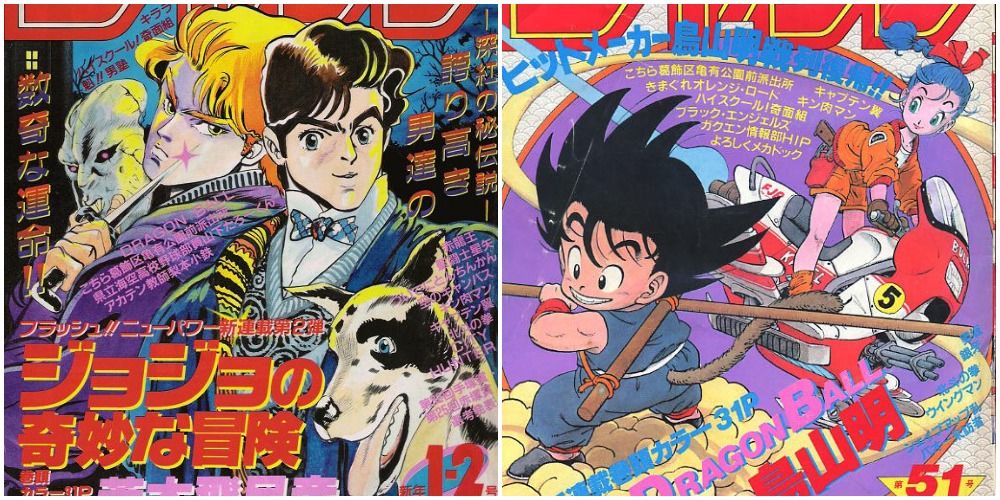Weekly Shonen Jump is the home to some of the most popular manga series of all time, including One Piece, My Hero Academia, Hunter x Hunter, Dragon Ball, JoJo's Bizarre Adventure, Naruto, Bleach, and Death Note. Back in the 60s, Shonen Jump had a lot of competition like Weekly Shonen Magazine and Weekly Shonen Sunday. However, it managed to climb its way up to be the best-selling and longest-running manga magazine it is today.
Today Weekly Shonen Jump is 53-years-old and has a long list of iconic manga series that have called the publication home. The magazine has overseen a lot of manga history in its half-century run. The first published Shonen Jump was back in 1968, and it was founded by Shueisha Inc., a Japanese publishing company that was founded in 1949. Since then, the world has changed, but Weekly Shonen Jump has adapted and managed to maintain the status it gained over the years.
The Origins Of Weekly Shonen Jump
The company that founded Weekly Shonen Jump, Shueisha Inc., already had a lot of successes with some children's manga best-sellers under their belt prior to establishing the Jump imprint. They had experience outside manga as well, having published magazines that focused on music, fashion, and pop culture. Out of all these publications, it would be Weekly Shonen Jump that eventually developed into the company's cash cow.
In its first year, Shonen Jump was not weekly but actually bi-weekly and changed to weekly when its sister weekly publication, Shonen Book, ceased publication. Manga that appeared in the early editions included Shameless School, Kujira Daigo, Chichi no Tamashii, and Ore wa Kamikaze. Like any shonen publication, they published stories that were aimed towards early to late teenage boys, so much of the series were comedy, action, and sports manga.
In the 70s, notable manga from Weekly Shonen Jump included The Gutsy Frog, Lion Books 2, Play Ball, Barefoot Gen, Mazinger Z, The Circuit Wolf, Doberman Cop, KochiKame: Tokyo Beat Cops, Cobra, and Kinnikuman. It was around this time that Weekly Shonen Jump started to hold annual competitions for new and up-and-coming manga artists. The two awards they started to give out included the Akatsuka Award for comedy manga and the Tezuka Award for a great story.
At this point, the manga magazine had yet to reach its golden age. While the manga were enjoyed by audiences, the stories were not internationally acclaimed. It was not until the 80s and 90s when Weekly Shonen Jump hit the gold mine in terms of content.
The Golden Age Of Weekly Shonen Jump
From 1986 and up to 1995, Weekly Shonen Jump's circulation increased every single year and peaked at about six and a half million copies. In the early 90s, the magazine had a readership of about 18 million people in Japan. Its popularity was attributed to some of the manga that ran during the time, many of which were long-running international hits. These popular manga juggernauts included Dragon Ball, JoJo's Bizarre Adventure, Yu Yu Hakusho, Rurouni Kenshin, and Yu-Hi-Oh!. Some that began in the 90s still run in the magazine today such as One Piece and Hunter x Hunter. The golden age did not last, though and the publication got a wake-up call in 1998 when it lost its place as the highest-selling shonen manga magazine for the first time in 24 years.
Since the 2000s, the readership and circulation of the magazines have undergone a steady decline since its golden age. By 2017, the print circulation has gone down to under two million. However, part of this decline is due to the rise of digital distribution via Weekly Shonen Jump's app and website. Fans began to favor reading manga on their phones and computer rather than in print, which naturally brought circulation numbers down.
Weekly Shonen Jump Today
Despite not being in its golden age anymore, Weekly Shonen Jump is still going strong and remains the top manga publication in the world. The publication even got its own crossover fighting video games to commemorate certain anniversaries such as Jump Super Stars, Jump Ultimate Stars, and J-Stars Victory Vs. In 2013, the magazine got its own theme park called J-World Tokyo. In 2019, due to the popularity of manga and anime at the international level, Shueisha created a mobile app for English and Spanish readers called Manga Plus that has a ton of the magazines' published titles available to read for free.
The shonen genre that typically only targeted teenage boys has also broken the mold over the years, earning many fans outside the demographic such as teenage girls, older men, and women. Female readers were noted to especially love Weekly Shonen Jump for particular series such as Death Note, One Piece, and The Prince of Tennis. The manga stories have also won the hearts of many readers outside of Japan, making Weekly Shonen Jump an international force in countries like Germany, China, the United States, Thailand, Sweden, and Norway.

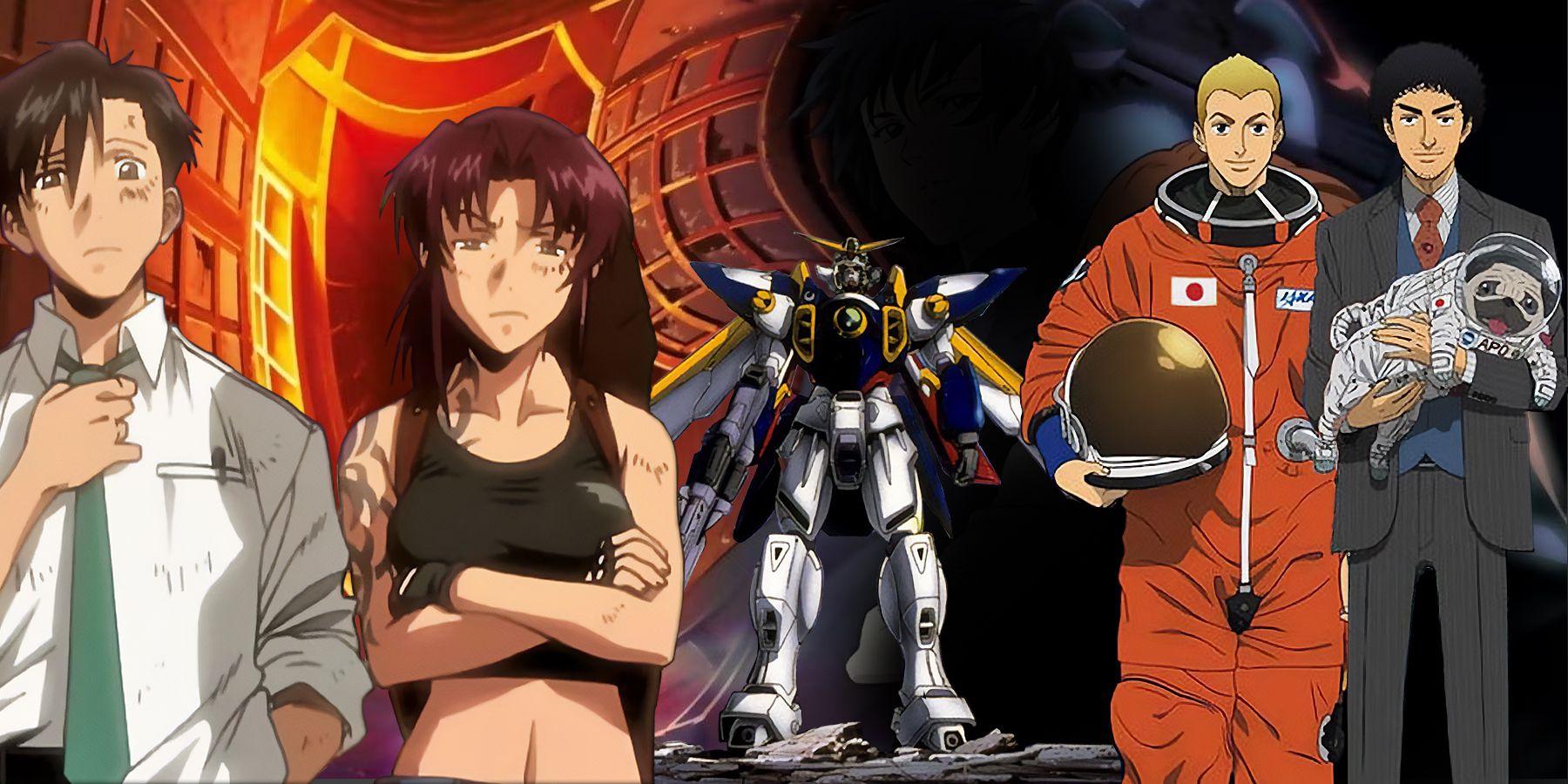
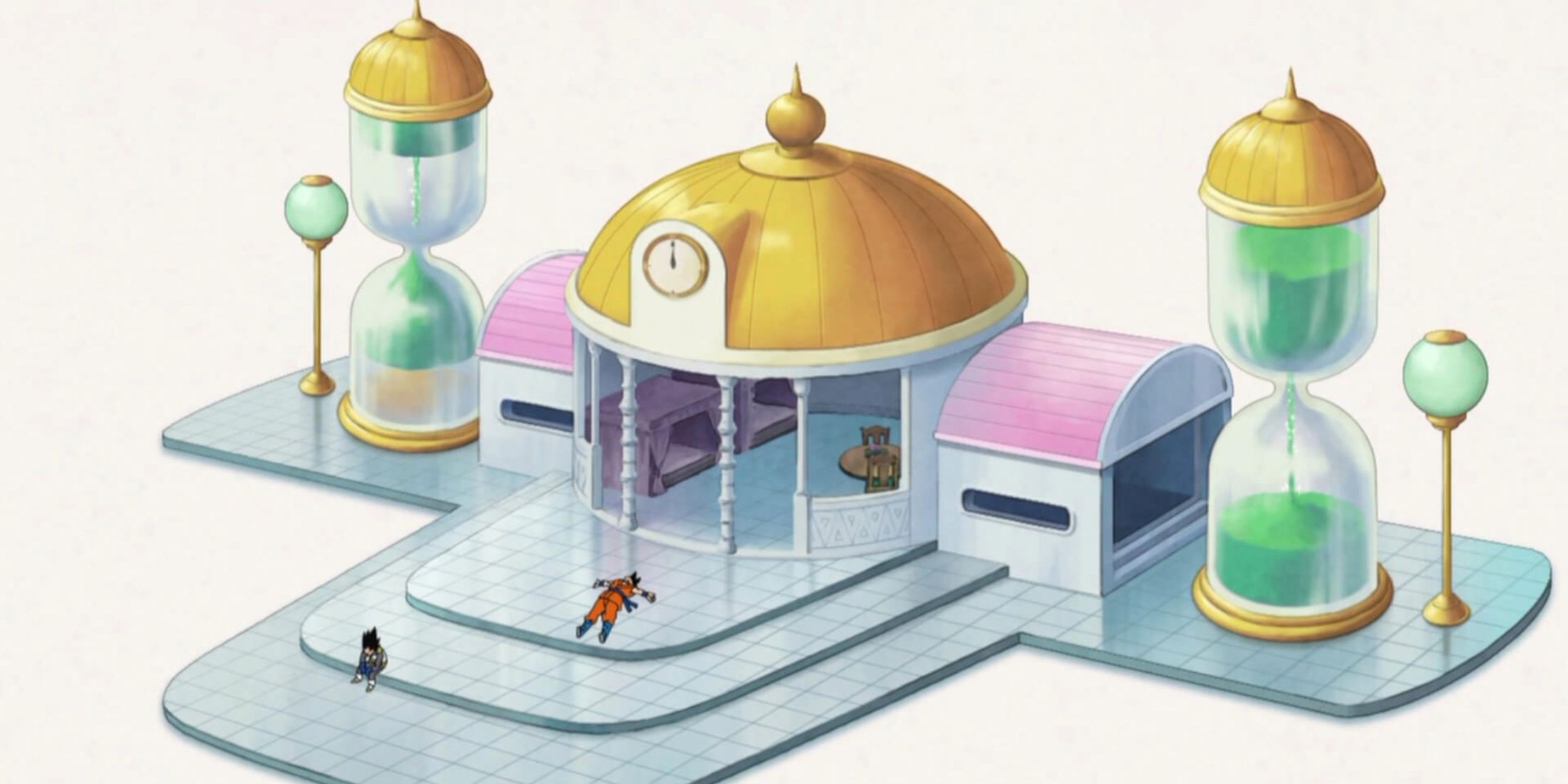
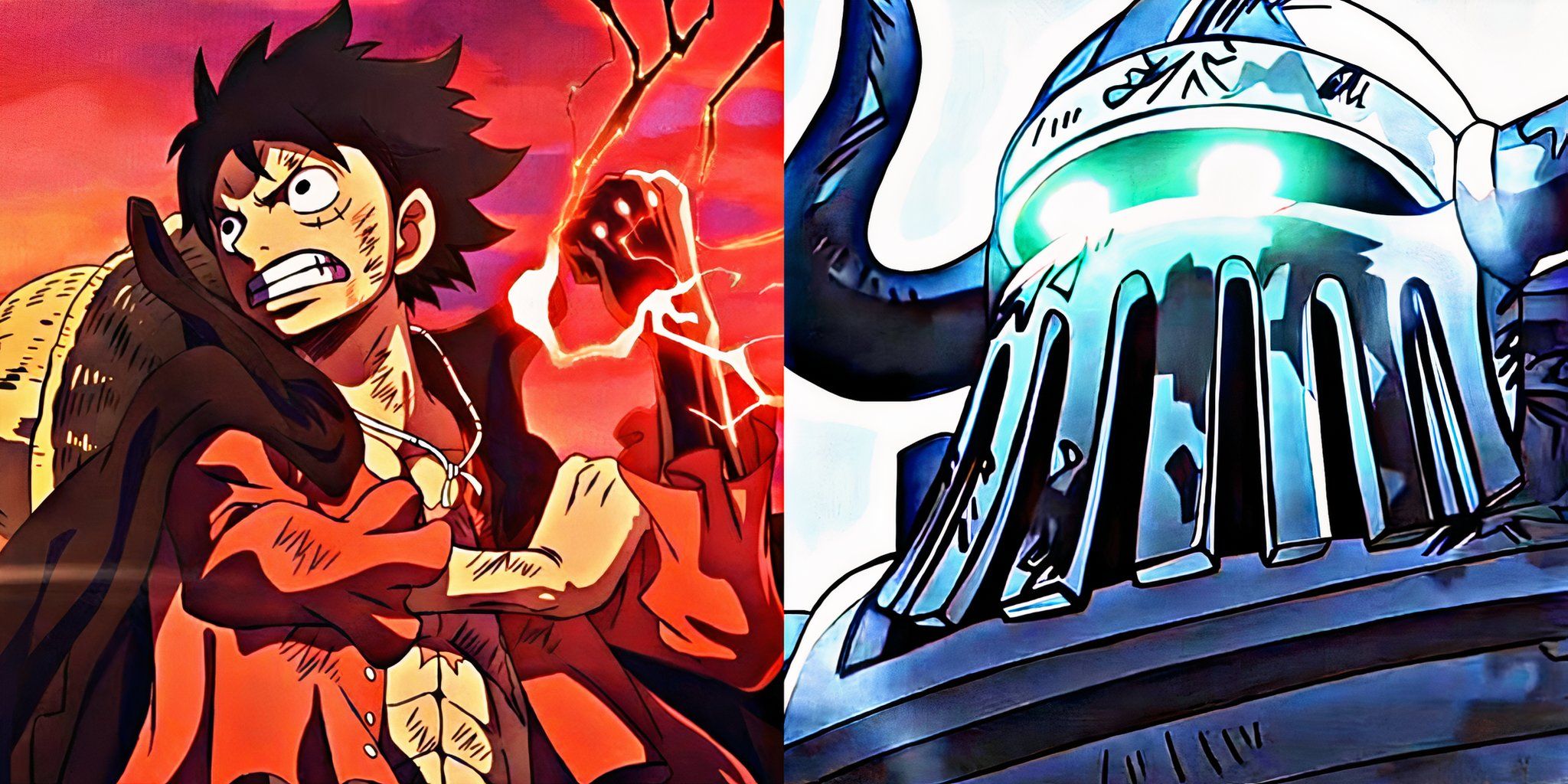
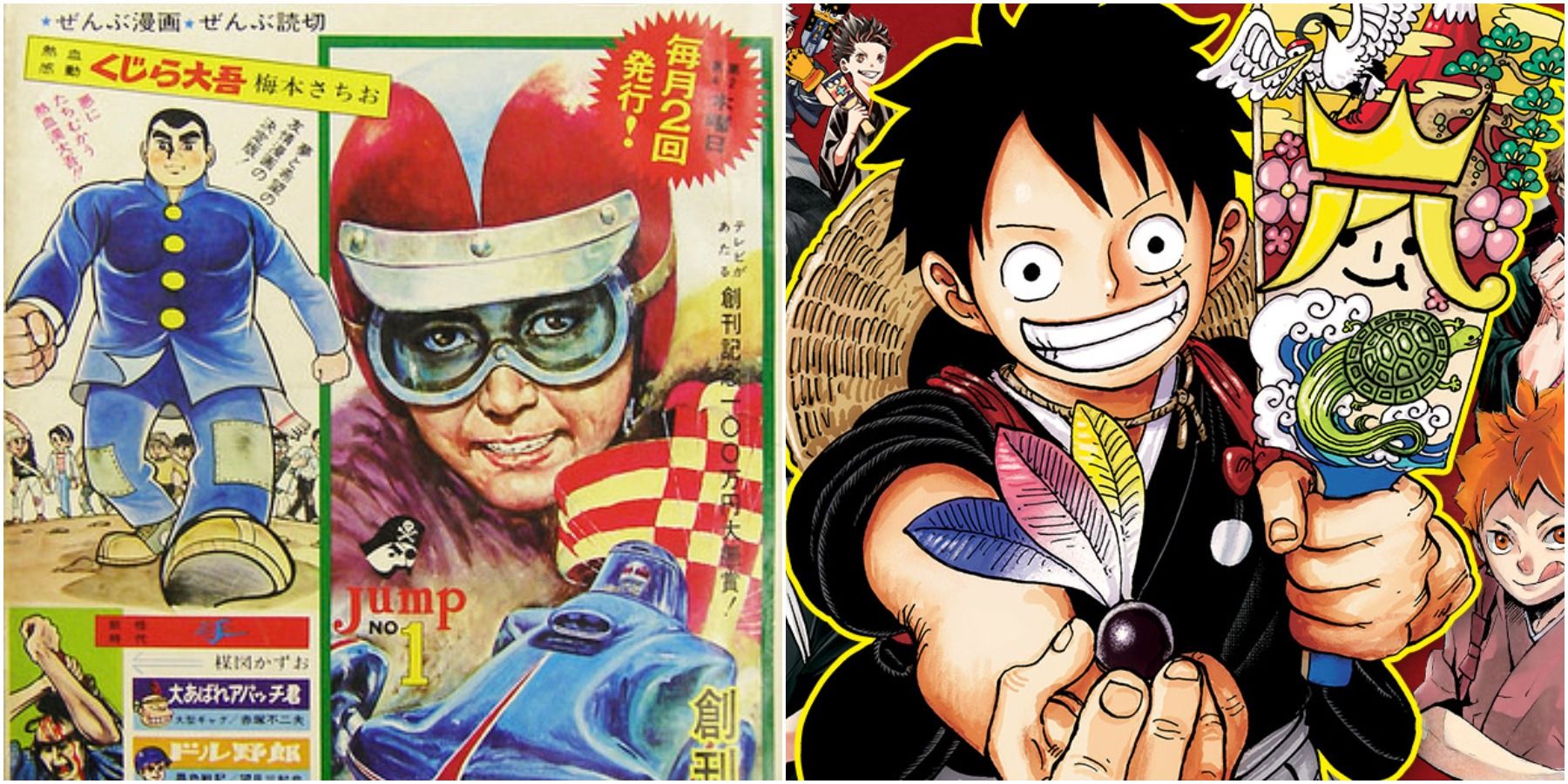
.jpg)
